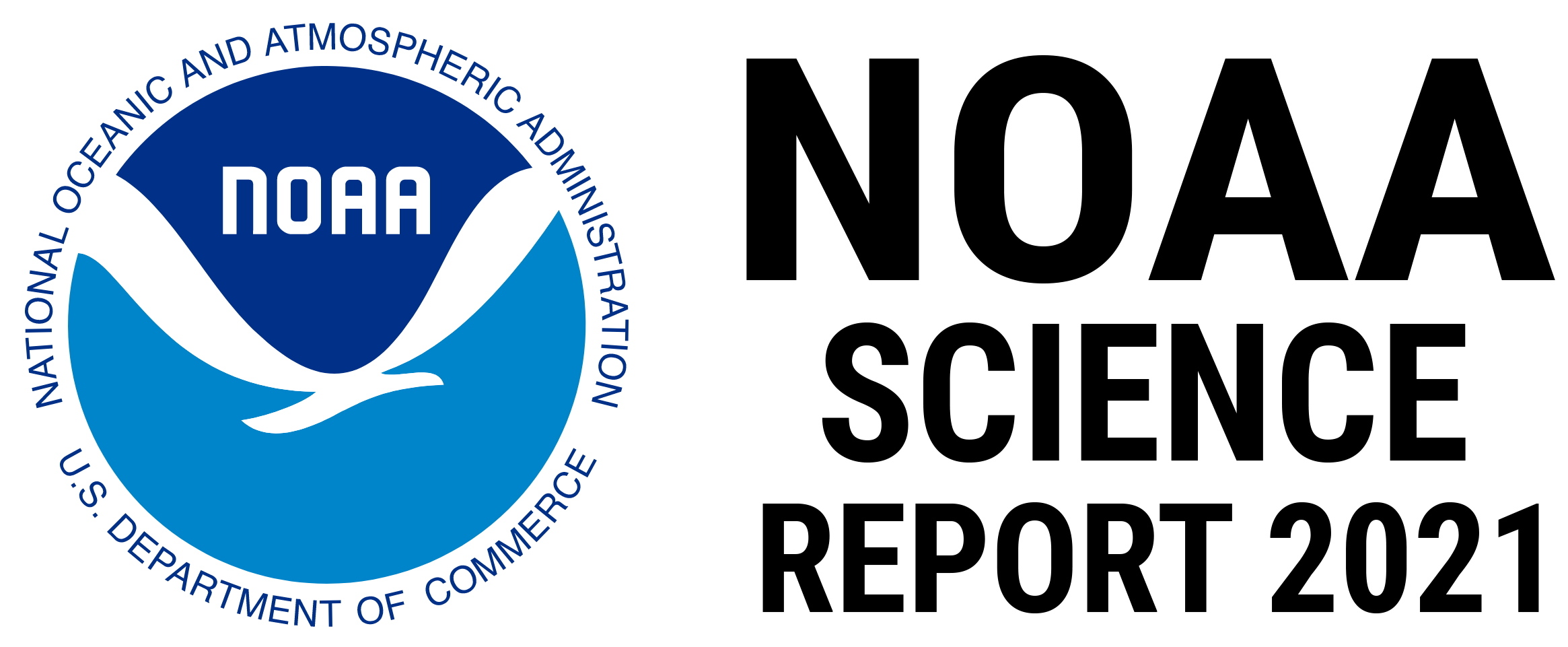NOAA Science Report
NOAA continues to make scientific advancements that help save lives and the planet. Improving weather forecasting systems to predict and track severe storms, using NOAA’s quick response buoy to aid in the emergency response of the collapse of the Francis Scott Key Bridge, and leveraging artificial intelligence to support surveys of endangered species in the Arctic by air are some of the many accomplishments representing NOAA’s impactful science from the past year.
Learn how NOAA’s scientific research is making a difference in people’s lives and our nation’s economy in the newly released 2024 NOAA Science Report.
View Past Reports
The NOAA Science Report highlights NOAA’s research and development achievements and their impacts on society.
NOAA Science Report Seminars
Science Report Seminars can be found on the NOAA Central Library YouTube Channel >










